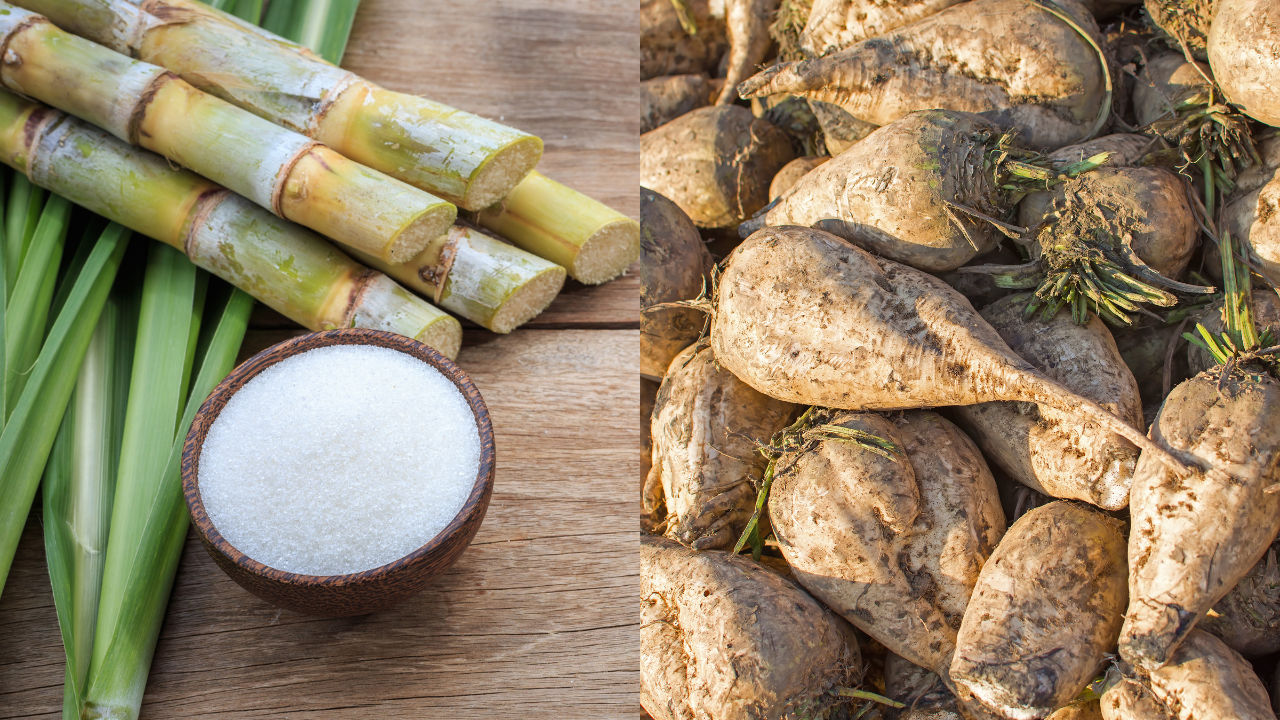The difference between beet sugar vs cane sugar extends beyond sweetness to how they are cultivated.
The difference between beet sugar vs cane sugar extends beyond sweetness to how they are cultivated.
Blog Article
Recognizing the Nutritional Perks of Beet Sugar Vs Walking Cane Sugar for Wellness Conscious Customers
When checking out the nutritional implications of beet sugar versus cane sugar, health-conscious consumers locate that both selections largely include sucrose and offer similar calorie values, each contributing about 16 calories per tsp. In spite of this resemblance, neither kind provides substantial health advantages, as they are lacking crucial nutrients. Checking out the more comprehensive impacts, consisting of environmental considerations and lasting health and wellness impacts of sugar usage, could light up a lot more nuanced differences in between these 2 sugars.
Nutritional Account and Caloric Worth of Beetroot Sugar and Walking Cane Sugar
Although both beet sugar and cane sugar are mostly made up of sucrose, their dietary profiles and calorie values are extremely similar. There are trace differences in the pollutants that remain after handling, which can slightly influence the taste and color of the sugars, yet these are minimal in terms of health and wellness impact. For customers focusing on dietary influence, the selection between beet and cane sugar is extra concerning individual choice or potential environmental worries rather than nutritional differences.
Environmental Impact and Sustainability of Sugar Production
While the dietary differences between beetroot sugar and walking stick sugar are very little, their production procedures provide even more substantial disparities, especially in regards to environmental influence and sustainability. Walking cane sugar production commonly includes extensive land usage and deforestation, which adds to environment damage and biodiversity loss. This agriculture is also associated with high water intake and water air pollution because of the runoff of chemicals and plant foods. On the other hand, beetroot sugar production generally calls for less land and can be grown in even more warm climates, which might minimize the requirement for irrigation and the associated water source depletion.
Nevertheless, beet cultivation is not without reference its environmental obstacles; it entails considerable energy inputs, especially in the northern climates where it is expanded, due to the demand for longer home heating durations in sugar processing. Both sugar beet and sugar walking stick sectors are discovering a lot more sustainable techniques, including crop turning, natural farming, and improved waste administration techniques to reduce these impacts.
Health Impacts and Recommendations for Sugar Usage
Despite their minimal nutritional differences, both beet sugar and cane sugar can have damaging health results when eaten in unwanted. High consumption of either sort of sugar adds to an array of health problems, consisting of weight problems, type 2 diabetes, and cardiovascular disease. Both sugars are pure sucrose and offer no necessary nutrients in addition to calories, bring about rapid spikes in blood sugar degrees upon intake.


Final Thought

Report this page